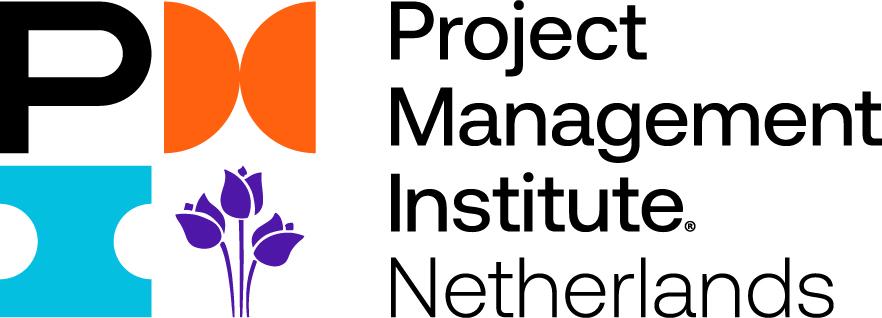July 12 2020 at 09:05AM
Agile in Construction Industry
Bottom line:
This article makes a case for increasing the use of agile approaches to project management in large and complex construction projects.
Basic Terminology:
The construction sector contributes to around 14.7% of the global GDP. The most common approach of managing and running a construction project has been the traditional or waterfall approach. Waterfall is a project management approach in which a project is finished in incremental distinct phases and moved step by step towards final handover to the customer. A schematic reprsentation of this approach can be found in Figure 1 below. A major limitation of this approach is that any last-minute changes cannot be incorporated without affecting the project schedule and cost.
On the other hand, the Agile approach to project management is an iterative approach to planning and guiding project processes. In here, a project is sub-divided into small sections called sprints. Each sprint is reviewed critically by the project team and the feedback received during this review is used to determine what the next step should be in a project.
Few of the basic principles of Agile Project Management include:
- Alignment of project deliverables to customer requirements
- Continual review of progress and early feedback of completed activities
- A clear definition of when a task is completed
- Improved knowledge sharing through collaboration of team members
Agile & Construction:
When one talks about the Agile approach, very few would relate the construction industry to this term. It has hitheto gained popularity mainly in the IT/software sector. This is understandable, given that the major dependencies in a construction project between design, procurement and build indicate a logical flow of effort and activities that comprise a project. However, as construction projects become increasingly complex and dynamic, Agile project management has proven to be the need of the hour.
A major cause of uncertainty in projects is the constantly evolving scope during the course of the project. Especially in a construction project, a change in design of a structure once it has been executed will have devastating effects on performance parameters like time, cost & quality. For this reason, agile has shown to be more effective in the pre-design and design stages wherein increased customer involvement is facilitated to enhance the defintion of project deliverables.
As seen in the principles above, Agile encourages large projects to be broken down into sub-projects which reduces the uncertainty and allows for increased accuracy and confidence in cost estimation. This principle finds its way into the execution stage of the project where frequent reviews for continual improvement are put in place and creates a platform for workers to team up & provide constant, constructive feedback to the construction managers. This way of working ensures that whatever changes need to be made to the structure, it will be done at the right time with the right quality and minimal cost impact.
Examples of Construction Projects which used Agile:
There have been large construction projects which have utilized agile principles to good effect in the face of the many complexities at hand. The American centrifuge project executed by Centrus Energy Corp and the U.S. Department of Energy is a good example to showcase how the given constraints such as the high project schedule drive, limited funding and a highly regulated environment demanded the use of Agile principles. Some example of principles which were used are customer satisfaction by early and continuous delivery of deliverables and face to face communication (of both designer and contractor’s teams) which was given utmost importance.
Another example of a project was the construction of a 3 office block in Finland wherein an Agile specialist management structure was adopted. The main concept of this was to procure services from various specialists such as for engineering, manufacturing, installation, etc. After their selection, the original design went through a series of adjustments and feedback loops depending on different inputs in order to arrive at a holistic fit-for-purpose solution. This approach helped reduce cost and duration of the project without affecting the desired quality.
Conclusion:
To sum it up, although adopting agile in the construction industry comes with its own bag of challenges, the necessity for such an approach to cope with the constantly changing dynamics in large projects cannot be overstated. However, the need of the hour is a shift in the culture and mindset of Project Managers and other team members to partially let go off the traditional method and embrace Agile.
Picture credits: Devinity.com



